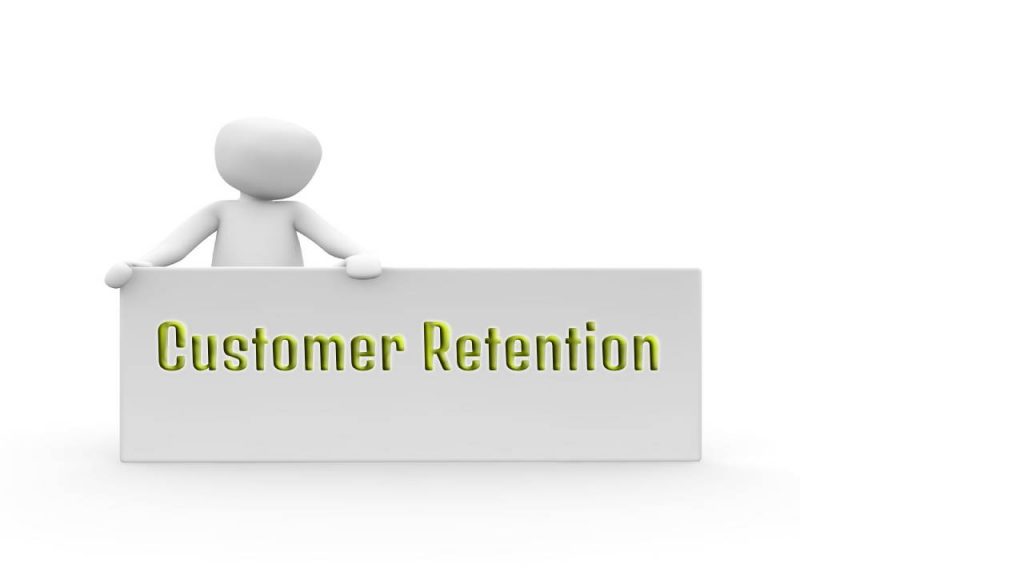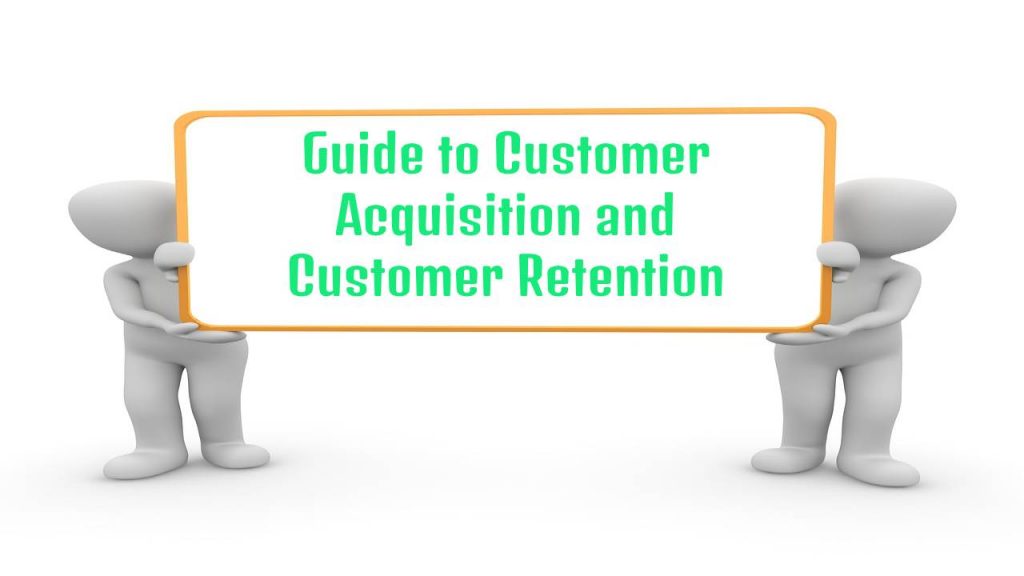For every entrepreneur, getting your first customer is somewhat to celebrate. You must have been working for months or maybe even for years to shape your business, and somebody has finally appreciated that hard work and decided to make that first purchase. It’s inspiring! In the early phases, obtaining that first client is all that you’re expecting.
However, there is no secret that getting customers to buy from you is crucial to keep growing. It would help if you focused on sustainable growth policies. Merely speaking, customer acquisition is the process of making a new customer. It involves attracting customers to your business, and then making them buy your products and services.
Of course, customer retention is what happens after acquisition: you want to keep the customers that you’ve won over. Customer acquisition is the method of fetching new clients or customers to your industry. The objective of this procedure is to generate a sustainable and systematic acquisition plan that can change with recent trends and variations.
Customer acquisition is essential for the industry of any time and magnitude. It lets your business to 1) make money to meet costs, pay employees, and reinvest in growth, and 2) show evidence of supremacy to outside parties like stockholders, influencers, and associates. Every business desires new customers to nurture and prosper, So whether you are a company of five members or 5,000 members, having a roadmap for customer acquisition is a smart move
Table of Contents
Measuring Customer Acquisition:
You might have heard the word customer acquisition cost, otherwise known as CAC. Customer acquisition cost (CAC) is the cost related to captivating a client or a new customer to your trade, such as marketing costs, events cost, and advertising cost. CAC is essential because it gives real worth to the marketing struggles and permits you to calculate your ROI — a metric inquired about by CEOs, managers, and investors alike.
Customer acquisition cost (CAC) is calculated by dividing marketing costs and effort related to a particular operation by the sum of customers acquired from the campaign.
This CAC formula is
- CAC = MC / CA, where:
- CAC is the customer acquisition cost
- MC is marketing costs
- CA is customers acquired
Customer Acquisition Policy:
Customer acquisition methods can be fragmented into a range of different types like paid and free, incoming and outgoing, etc. The best strategy for your business, however, depends on your audience, resources, and overall policy. A compact customer acquisition policy should have these things: sustainability flexibility and targeted,
Sustainability: A sustainable customer acquisition policy is the one that works in an extensive course. It means that the investments you make (whether money, time, or human) can be upheld for the foreseeable future.
Flexibility: Your customer acquisition policy must be flexible, too, as sales and marketing and the way people react to them are always altering. While salespersons were once the gatekeepers of information about a product, that’s no longer the case.
Targeted: All consumers may not be your best consumers, and customer acquisition can result in a waste of resources if not identified as the correct people. Before investing in any customer acquisition methods, you must define who you’re targeting with said methods.
Customer Retention Is the New Customer Acquisition Technique:
In spite of working very hard and using various procedures to gain new clients, sometimes they do leave us unsuccessful That is the unfortunate drive after customer acquisition. So, they go for another technique naming ‘Customer Churn.’ Customer churn represents percentage of customers that went away from your business and opted out of your products and services. It’s also referred to as customer revenue.
Customer churn motivates a business to find and gain new customers. When you miss customers, you want to go out and discover new ones; many companies have experienced complex churn charges, they’ve invested in more and more costly methods of acquisition. Instead of using the acquisition method to make up for consumer churn, we worked to decrease churn altogether.
If we avoid the proverbial, pricey band-aid of customer acquisition and go to the source of the wound unsatisfying the customers, Those are the customers that leave, is a churn. Customer retention is a new customer acquisition. Instead of looking backward, look forward to new customers to replace the old ones, the forgotten ones. Work should be done to retain customers using new and improved customer service methods.

Customer Retention
The customer retention definition in marketing is the process of engaging existing customers to continue buying products or services from your business. The best customer retention tactics enable you to form lasting relationships with consumers who will become loyal to your brand.
Customer retention is trying to retain additional customers for an extended period. So they fill more at your business over their lifespan. It is about maintaining faithful customers instead of just enlisting fresh customers.
Customer retention is contrary to customer acquisition when a retailer tries to get new customers. It takes more than a calculation only to grow your industry, and without the talent to engage and retain clients over time, your business is bound to decline. That’s why customer retention is necessary.
Customer Retention vs Customer Acquisition
However, customer retention does not happen instantly. That is why many merchants do not believe in customer retention. While the acquisition is easy to see an increase in revenue. The type of customer engagement retention relies on is not relatively so straightforward because it takes time for merchants to see positive results from retention strategies. For the merchants planning to run their business for a long time, six months are not that long to postpone! Every small alteration you make sets the stage for enormous developments over some time.
In a study led by the Harvard Business Review, it was found that “increase in the customer retention rates by 5%, profits increases by 25% to 95%. That is a pretty significant increase. Customer retention generally charges less than costs on acquisition policies, and retained customers are expected to refer other customers to your business. Referred customers typically have a higher period of significance than customers that were acquired through orthodox passages.
The first goal and purpose of customer retention are to increase profit. However, there are other excellent results of customer retention, like customer satisfaction, loyalty, and brand awareness. Investing in retaining your existing customers is security in increasing your profit.
Using strategies, tactics, and tools to start your customer retention strategy:
We have three ways to increase customer retention. They are strategies, tactics, and tools. Navigating the retention space is puzzling, but it is easy when you approach everything as a retention strategy, tactic, or agency. It’s essential to know-how strategies, tactics, and agencies work organized to make a protected customer retention policy.
Retention Strategy:
A retention strategy is a plan aimed to attain the overall goal of retaining customers. Some examples of techniques include refining your business’ customer knowledge and growing your client referral advertising. One actual example of a strategy is keeping customers contented so that they spend more. Though it is a plan, it doesn’t say how this tactic is achieved or what will be used to accomplish this (tools).
Retention Tactics:
A retention tactic is an action or activity carried out to create reserved clients by checking in with clients two weeks after their previous order. It displays what the business will exactly do as an action to carry out the retention policy. Retention can also be done by giving existing customers discounts or coupons and offering a loyalty program to reward customers for their efforts.
Retention Apparatuses:
A retention tool or apparatus is a structure used to convey out client retention functions by using live chat to communicate with customers. Or using gamification procedure (leaderboards, receiving marks, points, etc.) in your client faithfulness platform.
Combining all three gives you the policy, tactics, and tools. Needed to achieve customer retention to help your business grow and increase profit.


